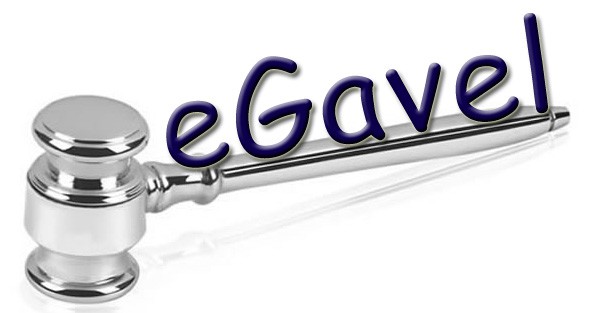Summer eGavel 2015 Pg7

Welcome to the MAA’s Summer 2015 eGavel!
Summer 2015 eGavel Home, Page 1, 2, 3, 4, 5, 6, 7, 8
To view the entire Summer 2015 eGavel in pdf format, click here!
The Magic Formula for More Efficient Advertising by Ryan George
 For years, I’ve been saying that there’s no silver bullet in auction advertising. I’ve taught in my seminars that there’s no Ronco “Set it, and forget it” strategy, because the one constant in marketing is that there are few constants.
For years, I’ve been saying that there’s no silver bullet in auction advertising. I’ve taught in my seminars that there’s no Ronco “Set it, and forget it” strategy, because the one constant in marketing is that there are few constants.
It’s time, though, that I come clean.
There is a foundational formula that applies to all auction advertising, including yours. Using it can transform your sales pitches & seller proposals, your media spends & overall budgets. The number in its answer trumps all the numbers in your Google Analytics, Facebook Insights, and Mail Chimp reports.
Very, very few auction companies that I’ve consulted are using this formula, but the ones who are have a competitive advantage over the ones who aren’t.
I’m talking about Cost Per Bidder Per Medium.
Knowing your generic cost per bidder would be interesting—discovering how much it costs you on average to get a consumer to register to bid; but it wouldn’t be much in the way of actionable data. Knowing how much it costs you per bidder per medium, though, goes beyond interesting. That knowledge is incredible marketing power.
Here’s the basic formula:
(medium spend)/bidders from that medium) = Cost Per Bidder
Now, repeat that for every medium or every media category you use in your advertising: signs, direct mail, newsprint, paid search, social media, public relations, etc. Save that information, and repeat this process every auction. After a few months, you should start to see patterns on the aggregate. You’ll discover that some media are less efficient than other ones.
If you sell more than one type of asset or the same asset in more than one geographic area, you may want (1) a larger set of samples or (2) separate spreadsheets for each market.
Once you get enough of a sample size collected, you can use it to start adjusting your budgets to favor the most efficient source of customers. For example, if Facebook costs you $5 to acquire a bidder, and newsprint costs you $50 in bidder acquisition, then you can start shrinking the size or frequency of ads to send money over to social media.
You can have hundreds of people click to your website from your email blast or thousands from social media. If the only people who show up at your auction are the ones who saw the sign, though, that traffic is empty. If your YouTube video went viral or your phones have been ringing off the hook from a press release that’s hit all of the local news, but most of your bidders all brought your direct mail piece to the auction, then the buzz didn’t bring you buyers.
Buyers trump traffic.
Speaking of buyers, you can take this formula one step further to separate the tire kickers from the paying customers. In the formula, you can replace “bidder” with “buyer.” If you want to know how much you spent per buyer, the formula looks like this:
(medium spend)/buyers from that medium) = Cost Per Buyer
The formula is simple, but the data collection tends to be the hard part for auctioneers. The spend side of the equation should be easy to capture, since you already have invoices and probably a formula-driven Excel budget. You can add a couple columns to that budget to do this math for you and then link to those result fields in a master spreadsheet.
Then, all you have left is asking bidders where they saw or heard about the auction. (It’s okay if they choose more than one.) You can poll them at on-site auctions, and you can create a toggle-list question for those who register to bid online. Using some tools currently taught in the Auction Technology Specialist designation curriculum, you can even track online bidders passively from their first interaction with your online AND offline media all the way to the bidding page.
If this seems like a lot of work, think about how much more work this information could help you book. Imagine if you and another auction company were vying for the same auction, but you alone could show the seller exactly where they can spend their money the most efficiently. Do you think you’d look a step ahead of your competition with a summary from the past year’s advertising effectiveness in their asset and geography markets?
That’s a rhetorical question.
It will probably take you six to 12 months to build reliable statistics. So, you’ll want to start as soon as possible. Don’t wait. I can name auction companies with more than a year’s head start on you.
* eGavel is offered complementary to all Michigan Auctioneers to advance auctioneering in Michigan.


